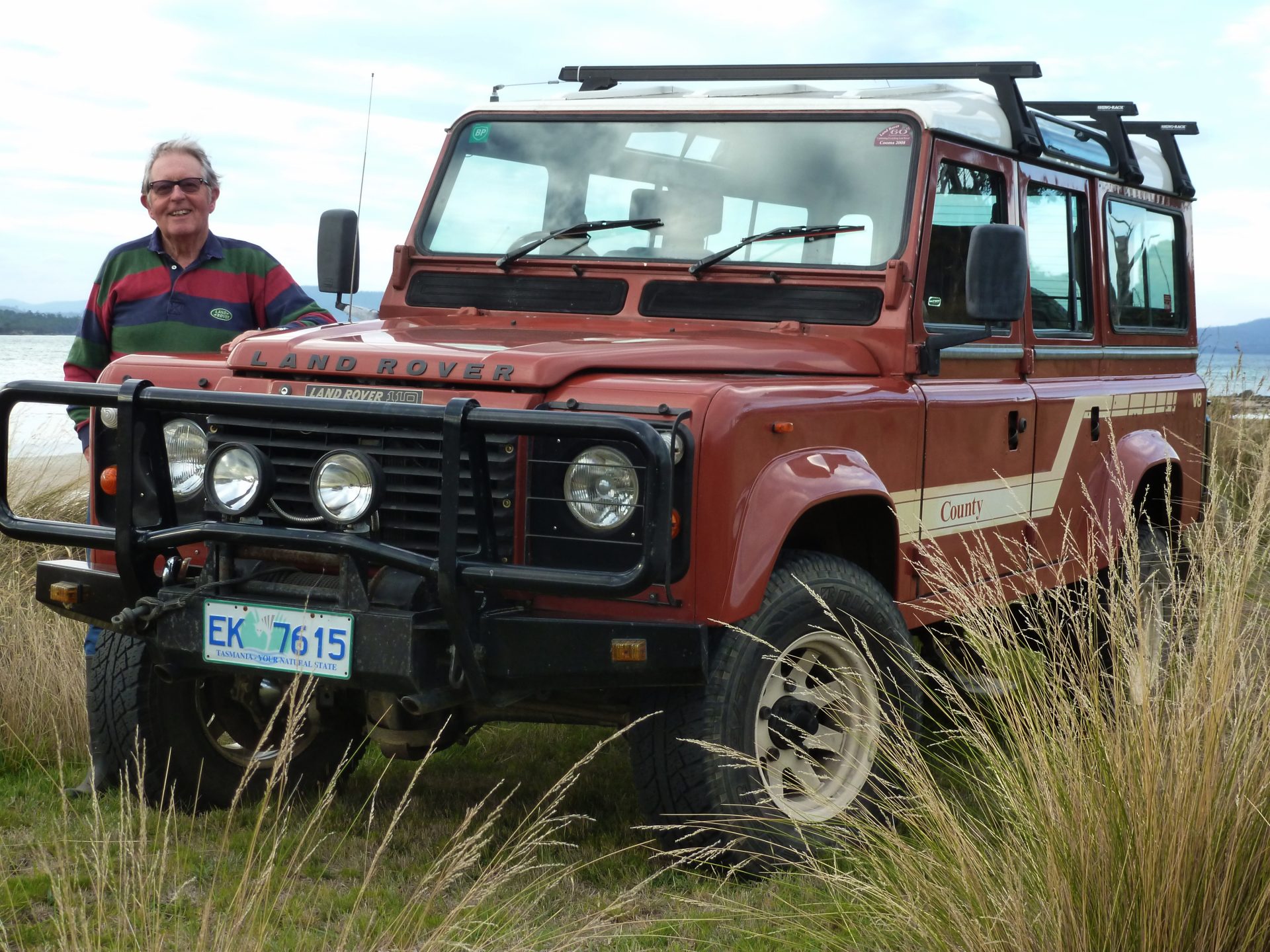Advertisement
Advertisement
Australia did not become the 4X4 capital of the planet by accident. It took the hard work and genius of pioneers. These are just the tip of their adventures.

In 1964, two stock and station agents working in the Riverina quit their jobs to see what wilder Australia had to offer, filming their adventures along the way. Malcolm Douglas and David Oldmeadow produced the documentary Across the Top, still the best rating doco seen on Australian TV. Malcolm fell in love with the north, staying on in a number of jobs, including croc shooter. He was a pretty good one, too – French fashion firm Hermes was just one client for his skins. One day he realised that if he and others continued the way they were, Australian crocodiles would be shot out. He became an ardent wildlife conservationist, opening the Broome Crocodile Park in 1983.
Throughout his life, Malcolm continued to make docos, receiving sponsorship from a number of firms including Toyota. His conservationist bent never waned. He vehemently opposed proposals to mine the Kimberley; and at the end of his life was involved in a breeding campaign to restock bilby numbers in the Great Sandy Desert. (Recent scientific news says that their numbers are now on the increase.)
Malcolm was killed early in the morning of September 23, 2010, when he became trapped between the door of his LandCruiser and a tree. His family continues to run the Wildlife Park and does everything possible to perpetuate his memory.

Shortly after he arrived here from the UK, Richard Asquith was working at a sand mining site in southern Sydney. One day a sandstorm blew up, making it difficult to extract his Morris Minor to get home. He realised he both needed and wanted a 4X4, and in 1969, bought himself a SWB Cruiser.
As a very early member of the newly formed Toyota Land Cruiser Club, Richard went away on many club weekends. On one trip in mountainous country, one of the convoy put his passenger side wheels over the edge of the road. The drop was a long, steep one. To Richard’s amazement, someone in a Range Rover drove off the side of the road, drove down the mountain, turned and climbed back in front of the teetering Cruiser, and managed to pull him back onto the road. ‘Gotta have one of them’, Richard thought, and a lifelong love affair with Rangies began. He later sold them from his own sales outlet in Homebush.
Richard has more 4WD adventures to talk about than it’s possible to relate here. One was being camped with wife Rosemary at Mungo Brush north of Stockton Beach on May 26 1974. ‘It was deadly still, and we noticed all the sea birds were clustered on the beach.’ The storm hit around four in the morning, not only driving the Norwegian bulk carrier Sygna onto Stockton, but completely submerging Richard’s Range Rover in sand on one side, blasting all the paint off a roof that was polished aluminium in the morning light.
Richard has retired now, and lives with Rosemary in the wilds of southern Tasmania. Besides being a brilliant four-wheel driver, he has a razor-keen sense of humour – a great bloke to sit around the campfire with talking about the good old days.

There couldn’t possibly be anyone reading this who hasn’t heard of Len Beadell. We all know Len for giving us some legendary remote area desert tracks to explore. From behind the wheel of a Land Rover, Len supervised the surveying and construction of the Gunbarrel Highway (named so because he wanted it where possible to be straight as a gun barrel), the Connie Sue Highway (named after his daughter), Gary Highway and Gary Junction Road (after his son), Anne Beadell Highway (his wife), and Jackie Junction (his youngest daughter).
Len’s interest in surveying began in the Scouts. And after finishing school at Sydney Grammar, his first job was as a surveyor in northern NSW, working for the Water Board. When he was 18, he joined up for WWII in 1941. Initially seeing service with the Army Service Corps in Bathurst, where he drove three-tonne trucks. Eventually the Army saw his worth as a surveyor, and he was sent to New Guinea.
After the war, still in the Army, Len was tasked to find a suitable site in the desert for rocket launches. It became Woomera. He also chose the site for the British atom bomb test; Emu Plain (now Emu Junction), and decided on the location for Giles Meteorological Station.
Len died on May 12, 1995, and his ashes (originally buried way out in the desert), were relocated to Woomera Cemetery in 2000, to make it easier for family, friends and fans to ‘visit’ him. A great Australian to whom we all owe an immense debt.
Bush tucker man?
I am 70. I don’t own a 4WD and am a suburbanite. However, I like your stories and articles.
Your latest is one about the Pioneers like Malcolm Douglas.
I refer you to an Australian amateur movie made in 1956 called Northern Safari. It is the story of wild adventure in the Top End in the good old days when Australia was free and unregulated. It is a very interesting movie. I saw it in Townsville at The Winter Garden in the late 1960’s as a feature movie. I was particularly drawn to it because their vehicle was an unmodified 1949 Buick Straight 8. Dad had one too. Amazing. Just a basic, heavy, standard American sedan. Not a fancy 4WD like today and, of course, in those days, there were hardly any developed roads.